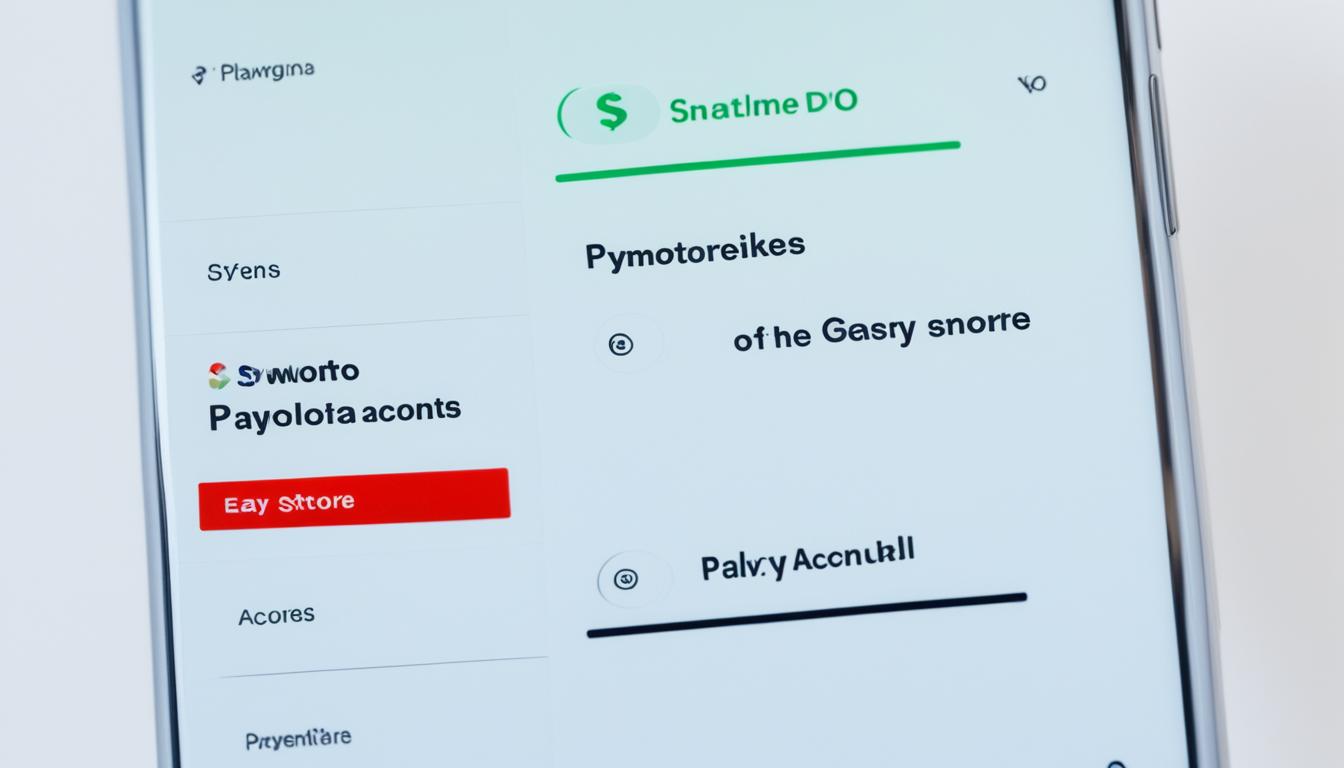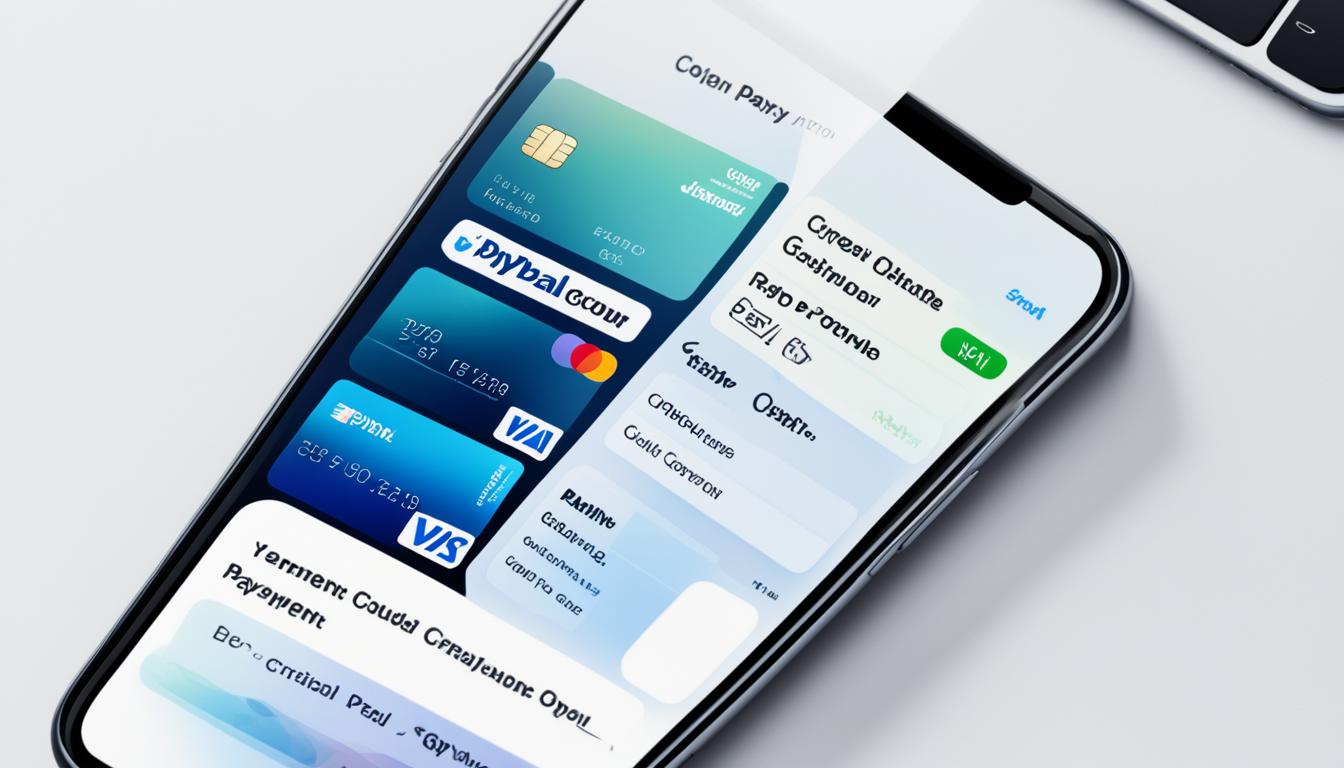To never miss a sale on the go, set up secure mobile payment options like NFC or card readers linked to your smartphone or tablet. Use tokenization and encryption to keep customer data safe, and implement multi-factor authentication for extra protection. Regularly update your security measures and follow industry standards like PCI DSS. Staying current with these practices guarantees your transactions are both fast and secure—continue here to learn more about maximizing your sales securely.
Key Takeaways
- Use mobile payment solutions that support secure tokenization to protect sensitive card data during transactions.
- Implement end-to-end encryption to safeguard payment information from device to payment processor.
- Enable multi-factor authentication and biometric verification for added security and fraud prevention.
- Regularly update security protocols and conduct audits to ensure compliance with industry standards like PCI DSS.
- Choose trusted mobile payment providers that incorporate advanced security measures for safe, on-the-go transactions.

Are you ready to understand how mobile payments keep your financial information secure? When you’re accepting payments on the go, security is a top concern, and modern technology provides robust protections to keep your data safe. One key method is tokenization, which replaces sensitive card details with unique, randomly generated tokens during transactions. These tokens are meaningless outside the specific payment process, so even if someone intercepts them, they can’t be reversed or used maliciously. This process greatly limits your exposure to fraud because your actual card information never leaves the secure environment of the transaction. Plus, tokens have a short lifespan; even if intercepted, they quickly become invalid, adding an extra layer of security.
Mobile payments use tokenization to keep your card details safe and reduce fraud risk.
Encryption is another essential security feature that works hand-in-hand with tokenization. When you send payment data from your device, encryption encodes this information using secret keys, making it unreadable to anyone who intercepts it. This means your customer’s card details, login credentials, and transaction info stay confidential throughout the entire process. Many mobile payment systems employ end-to-end encryption, securing data from your device all the way through the payment network. This robust encryption acts as a shield against hacking attempts and data breaches, ensuring your transactions remain private and secure. It’s also an indispensable requirement for compliance with industry standards like PCI DSS, which set the benchmark for protecting payment card data. Incorporating advanced security technologies can further enhance your protection against emerging threats.
Adding multi-factor authentication (MFA) and two-factor authentication (2FA) further enhances security. These methods require users to verify their identity through multiple factors — like a password, fingerprint, or a one-time code sent to their phone. Combining something they know with something they have or are creates a substantial barrier against unauthorized access. Even if a hacker guesses or steals a password, they’d still need the other authentication factors to complete a transaction. Biometrics, such as fingerprint or facial recognition, are increasingly used in MFA because they’re both secure and user-friendly. This layered approach ensures only authorized users can approve payments, reducing the risk of fraud and account breaches. Regular security audits by providers and organizations also help identify vulnerabilities early, ensuring ongoing protection.
Frequently Asked Questions
Are Mobile Payment Solutions Secure Against Hacking?
You wonder if mobile payment solutions are secure against hacking. While they offer convenience, vulnerabilities exist due to malware, phishing, and unsecured networks. Using strong authentication methods like two-factor authentication helps protect your info. Be cautious about downloading apps from official sources, avoid unsecured Wi-Fi, and keep your device updated. Though no system is entirely foolproof, these practices considerably reduce your risk of falling victim to hacking.
What Fees Are Involved With Mobile Payment Platforms?
You’re wondering about the fees involved with mobile payment platforms—there’s more than you might expect. You could face interchange fees, processor charges, and sometimes monthly or chargeback fees. Plus, instant deposit costs and equipment expenses might surprise you. The actual costs depend on your transaction volume, payment methods, and provider. Stay aware of these potential charges to avoid surprises and make sure your mobile payment setup remains profitable and smooth.
Can I Use Mobile Payments Internationally?
Yes, you can use mobile payments internationally. Platforms like Apple Pay, Google Pay, and PayPal are widely accepted in North America and Europe, making it easier for you to pay while traveling. Keep in mind, though, that acceptance varies by country and merchant, and fees like foreign transaction costs may apply. Make sure your device has internet access, and check the specific platform’s compatibility in the country you’re visiting.
How Do I Troubleshoot Payment Failures on the Go?
When troubleshooting payment failures on the go, start by checking for common issues like insufficient funds, incorrect details, or expired cards. Make certain your network connection is stable and retry the transaction. Notify customers promptly about declines and suggest they contact their bank. Consider integrating regional payment methods and monitoring recurring payments to catch expired cards early. Regularly update your app and security measures to prevent technical glitches that cause failures.
What Devices Are Compatible With Mobile Payment Apps?
You want to know which devices work with mobile payment apps. Generally, smartphones and tablets with NFC capability support apps like Apple Pay, Google Pay, and Samsung Pay. Apple Pay works on iPhone, iPad, Apple Watch, and Macs, while Google Pay suits Android devices. Samsung Pay is exclusive to Samsung Galaxy phones and select wearables. Smartwatches linked to compatible devices can also make payments, but compatibility depends on your device’s model and OS.
Conclusion
By embracing mobile payments, you guarantee you never miss a sale, whether you’re at a farmers’ market or a pop-up shop. For instance, imagine a food truck owner who started accepting card payments on the go—sales doubled in just a month. Don’t let outdated methods hold you back. With the right mobile payment tools, you stay flexible and ready to serve customers anytime, anywhere. Start today, and watch your business grow seamlessly.









